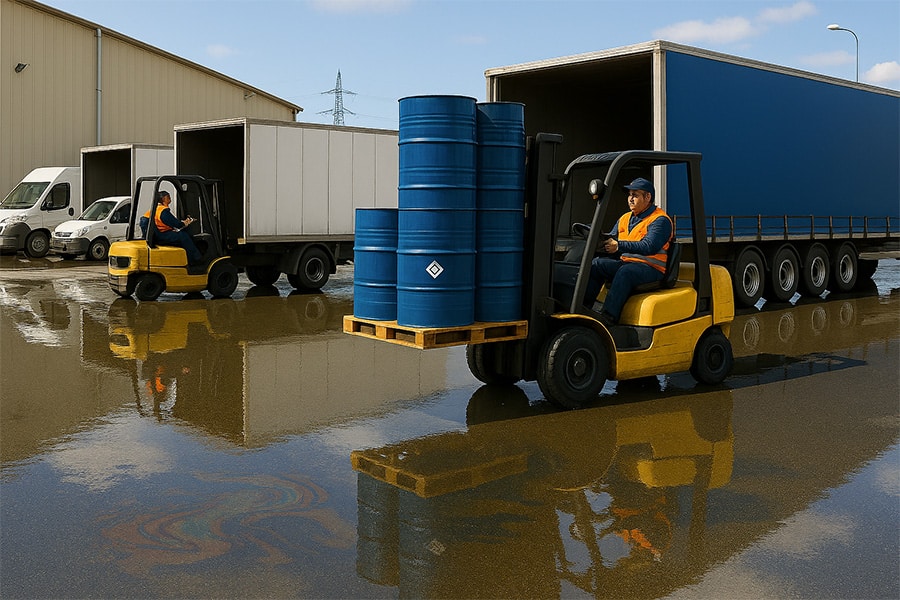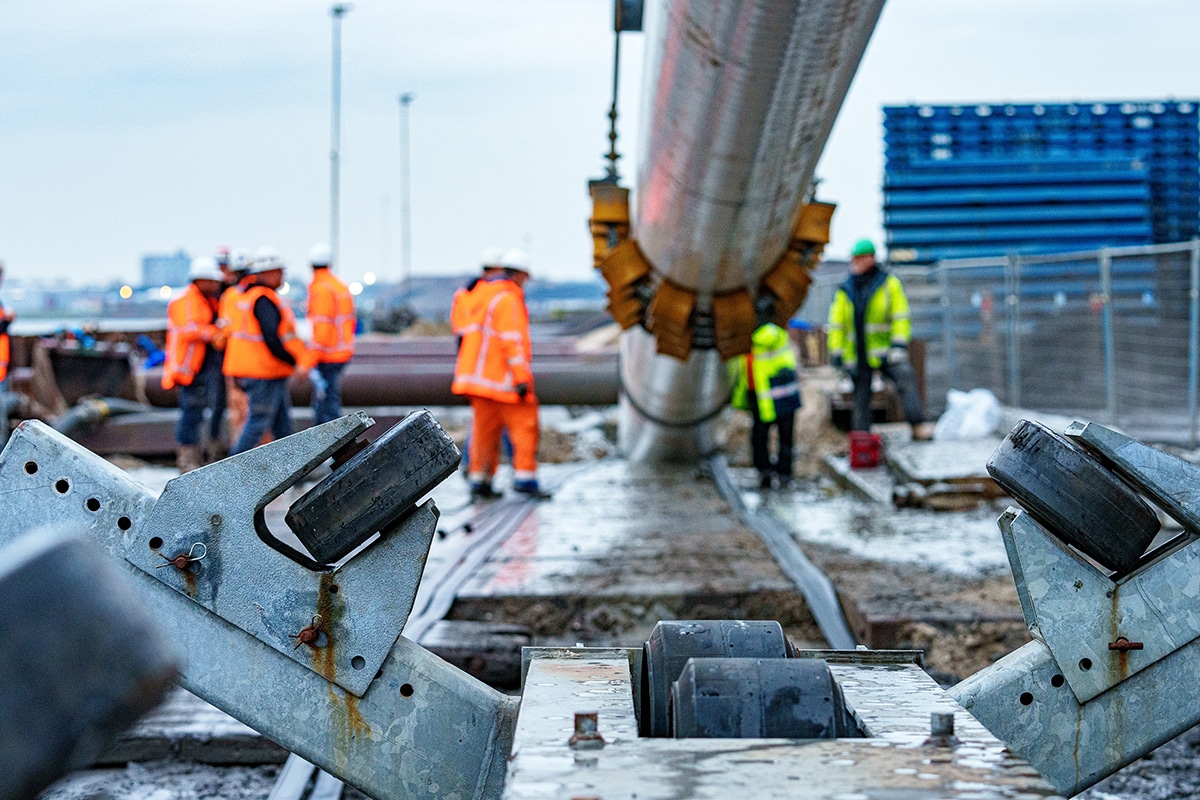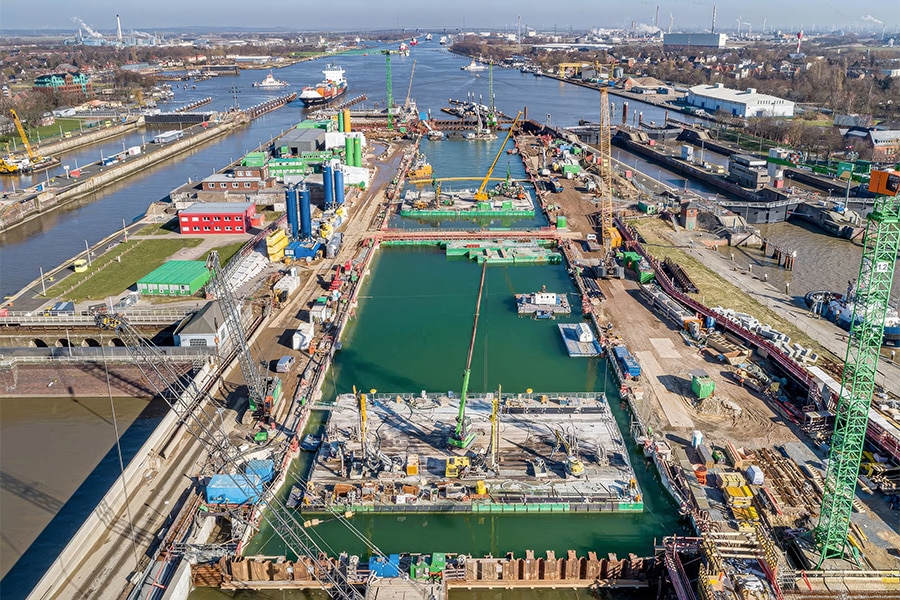
Heavy sheet piling requires smart techniques
Gebr. De Koning is a tackler of land and water. That mentality comes in handy for the dyke reinforcement project Gorinchem - Waardenburg. Because installing heavy steel structures up to 20 meters deep on often narrow dikes requires smart solutions and techniques.
"The trick is to deploy the techniques in such a way that there is minimal disruption to the surroundings," said Leo van Dijk, commercial manager at Gebr. De Koning. "We feel in our element at the separation of water and land. This can be construction pits, but also quay walls and dikes. Dike reinforcements fit perfectly into this story. Dike stability is very important. They must not collapse during high water. To prevent this, we install very long sheet piling to a depth of about 20 meters. This requires heavy equipment which in turn involves the necessary risks, such as heavy vibrations. Ensuring minimal disruption is therefore certainly one of the challenges in the dyke reinforcement project. Fortunately, we like challenges. It is precisely when things get complicated that we are at our best."

Smart techniques
Installing the heavy sheet piles requires the necessary equipment as well as smart solutions and techniques. "We have several types of techniques for installing sheet piles, we call this our toolbox. Each technique has its advantages and disadvantages. The more tools there are in the box, the more choice there is and the better they fit the environment. We therefore invest heavily in equipment and resources. To strengthen the dike between Gorinchem and Waardenburg, we are deploying several techniques, such as high-frequency vibration techniques and vibration-free techniques including silent-piling and quattro-piling."
Display
"Due to climate change and more extreme weather, we have to be extra alert to high water. Our years of professional knowledge, experience and involvement in the battle against water help ensure that everyone can go to sleep with peace of mind without fear of wet feet. The beauty of this project is the cooperation between client and contractor. It is a leading project and should become a model of how dike reinforcement will be handled in the future."




